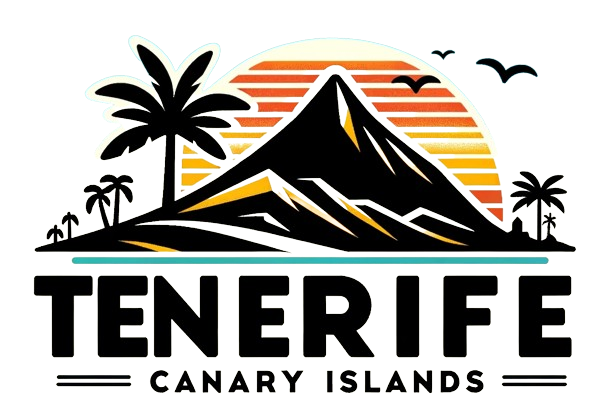The Observatorio del Teide, situated on the picturesque island of Tenerife, stands as a beacon of astronomical research and discovery. Its historical significance and modern contributions to astrophysics make it a must-visit destination for anyone fascinated by the mysteries of the cosmos. This guide takes you on a voyage through the observatory’s past and present research endeavors and commitment to public education.
A Storied Past: The Origins of Observatorio del Teide
The relationship between Tenerife’s Mt. Teide and the study of astronomy dates back centuries, with naturalists and astronomers recognizing its potential as an exceptional observation post. The mid-19th century saw Piazzi Smyth establish an observation post at 3,300 meters, leveraging Las Cañadas’ unmatched skies. This tradition continued into the 20th century, with significant studies like Jean Mascart’s observation of Halley’s Comet in 1910, solidifying Las Cañadas’ reputation as a premier location for astronomical research. The Observatorio del Teide was established in Izaña, a site with a weather station since 1916, marking a new chapter in the exploration of the heavens.

The Modern Era of Astrophysics in Tenerife
The early 1960s marked the dawn of modern astrophysics in the Canary Islands, with the Observatorio del Teide playing a pivotal role. The observatory’s prime location at 2,400 meters, within the municipal boundaries of La Orotava, Fasnia, and Güimar, provides ideal conditions for observing the universe. The first telescope, operational in 1964, was dedicated to studying zodiacal light, shedding light on the light scattered by interplanetary matter.

A Global Collaboration: The European Northern Observatory
Today, the Observatorio del Teide is part of the European Northern Observatory (ENO), a testament to international collaboration in the field of astronomy. It hosts telescopes and astronomical instruments from over 60 institutions across 19 countries, making it a global hub for astronomical research. The observatory’s strategic geographic location, exceptional sky transparency, and focus on solar studies distinguish it as a world-class facility.

Cutting-Edge Solar and Nocturnal Telescopes
The observatory is home to some of the best solar telescopes in Europe, including:
- The Solar Vacuum Tower Telescope (VTT) is a 70 cm telescope designed to study the solar atmosphere.
- THEMIS is a 90 cm solar telescope measuring the solar magnetic field’s intensity and direction.
- GREGOR, the largest solar telescope in Europe at 1.5 meters, aims to provide new insights into solar activity.
In addition to solar telescopes, the Observatorio del Teide houses several nocturnal telescopes, like the “Carlos Sanchez” infrared telescope and the IAC-80 telescope, enabling comprehensive studies of the universe day and night.
Public Engagement and Educational Outreach
The Observatorio del Teide is not just a research facility but also committed to public education and engagement. The observatory welcomes school groups and other visitors, offering tours that explain the function of an observatory, how telescopes work, and the significance of astronomy to humanity. A specially designed Visitors’ Center, created from an empty dome, serves as an educational hub, further bridging the gap between scientific research and public curiosity.
Visit the Observatorio del Teide
For those eager to explore the wonders of the universe, a visit to the Observatorio del Teide offers an unparalleled opportunity to witness the cutting edge of astronomical research firsthand. The observatory’s blend of historical significance, modern scientific endeavors, and commitment to education make it a unique and enriching destination for all.
Contact Information for the Observatorio del Teide:
- Address: Izaña, Tenerife
- Phone: +34 / 922 329 110
- Email: [email protected]
- Website: www.iac.es
Whether you’re an aspiring astronomer, a seasoned scientist, or simply someone captivated by the night sky, the Observatorio del Teide invites you to embark on a journey through the cosmos, offering insights and experiences that span the breadth of astronomical discovery.
